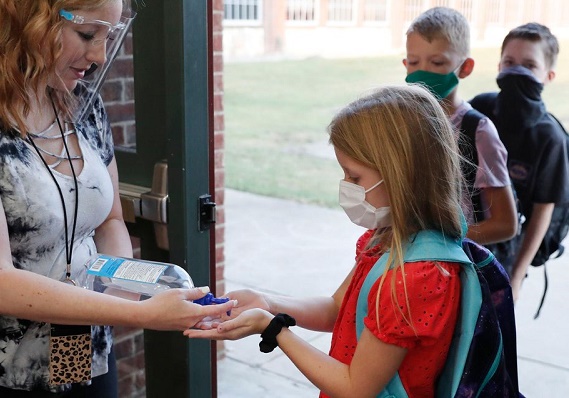Report: 97,000 US children contracted COVID-19 in last two weeks of July
A new report has shown that more than 97,000 children in the US tested positive for COVID-19, the respiratory disease caused by coronavirus, in the last two weeks of July.
The report, published by the American Academy of Pediatrics (AAP) and the Children’s Hospital Association, on Monday, said the figure represents more than a quarter of the total number of children diagnosed nationwide since March.
The research was done using data gathered across 49 states including New York City, Washington, Puerto Rico and Guam which defined children as those under the ages of 19.
It said the development represents a 40 percent increase in the number of American kids testing positive for the virus between July 16 and July 30 alone.
Advertisement
It also revealed that as of July 30, there were 338,982 confirmed cases of coronavirus infections among children since the outbreak of the virus, representing 8.8 percent of the country’s total cases of over five million.
While several factors were identified for the spike in the rate of COVID-19 infections among children, the development comes at about the same time when some schools are reopening in the US months after they were shut down.
Sean O’Leary, a member of the American Academy of Pediatrics and professor of pediatric infectious diseases at the University of Colorado, said the rise in COVID-19 cases could be as a result of increased testing among children.
Advertisement
“It will be a little hard to sort out the degree to which a lot more kids are getting infected and the degree to which our testing capacity has gone up,” he said.
“What we can say is that it’s not particularly surprising given the large increase in cases we’ve seen nationally overall.
“Because we know that kids are less severely impacted and less likely to be hospitalized, it’s almost certain they were getting infected to some degree more than they were represented in the data early on.”
Advertisement






